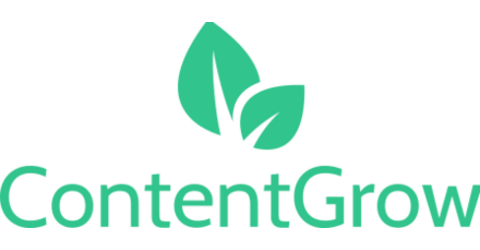Salesforce goes all in on agentic AI with Agentforce 360
Salesforce’s Agentforce 360 introduces a new model of productivity with AI agents at the core. Here’s how marketers and CX leaders should prepare.
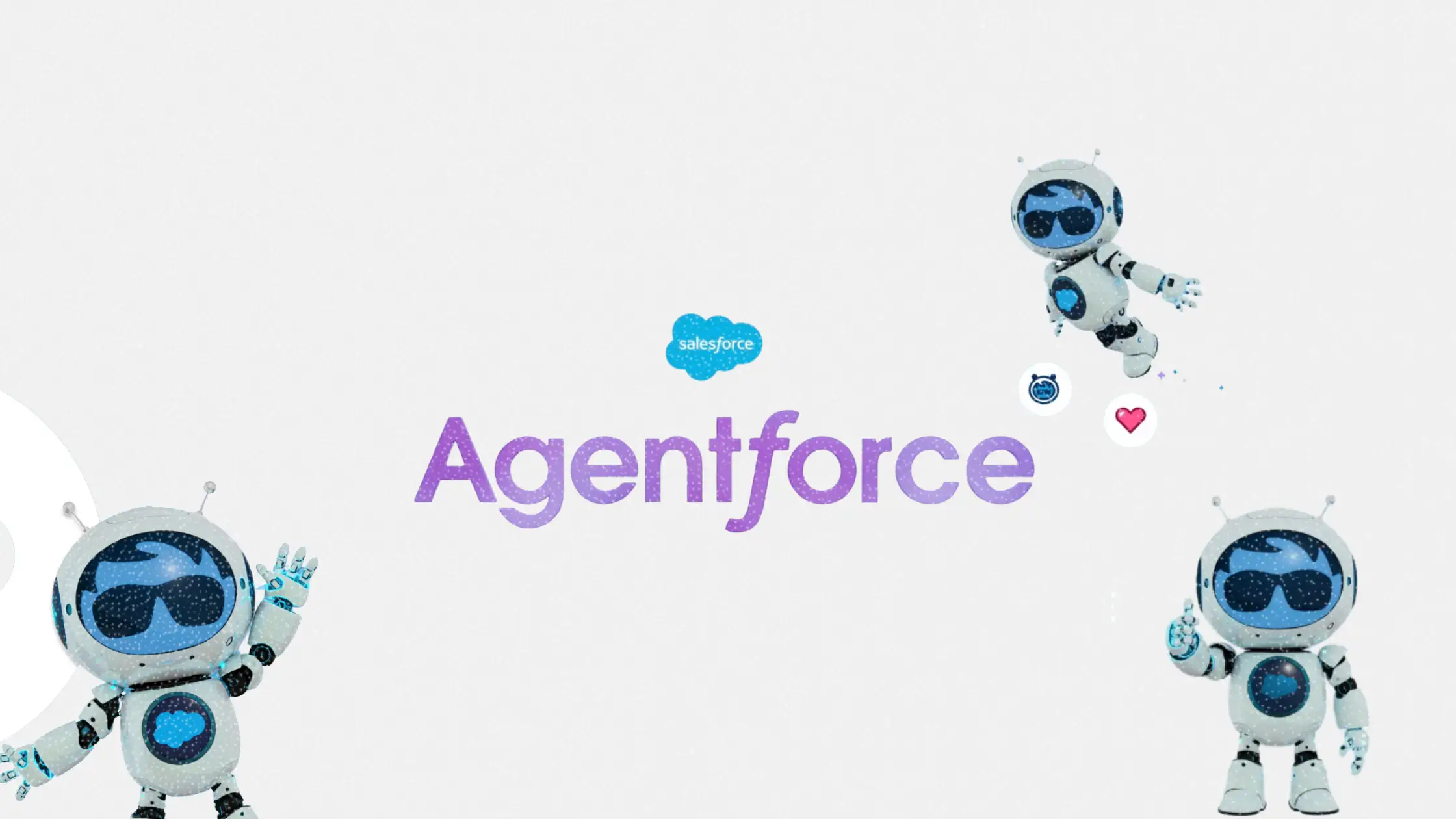
Salesforce just pulled back the curtain on its most ambitious AI upgrade yet: Agentforce 360. Billed as a platform to close the “agentic divide” between humans and AI agents, it marks a turning point in how the company envisions productivity, marketing, and CX at scale.
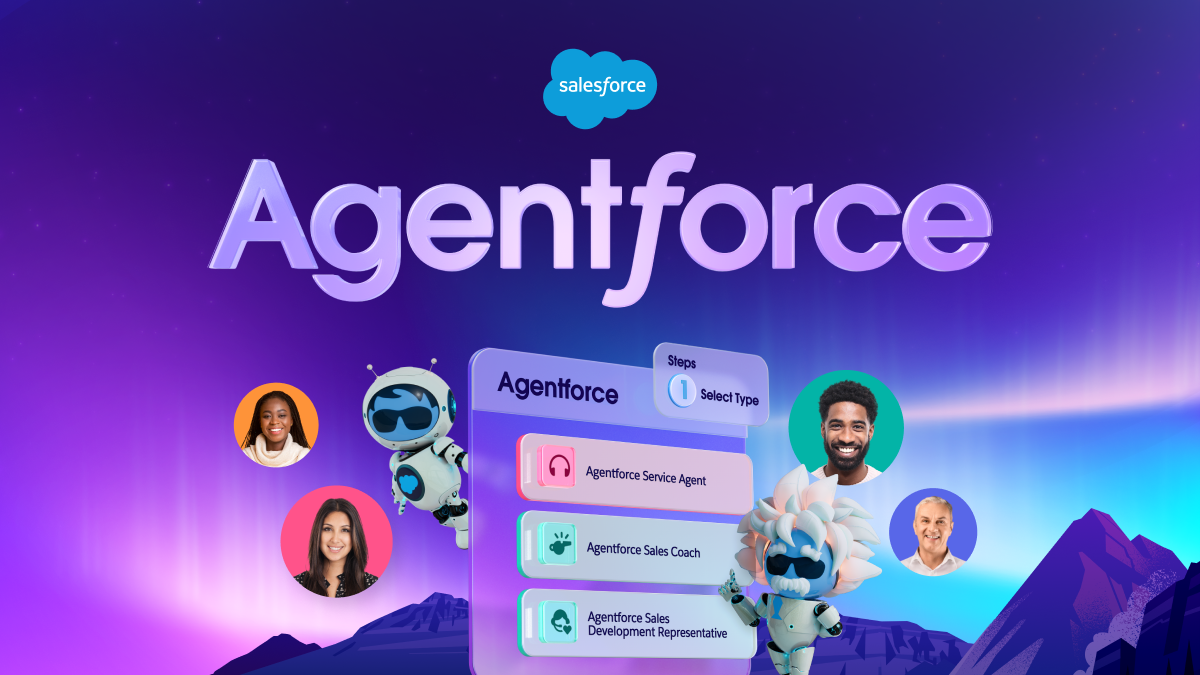
Unveiled at Dreamforce 2025 in San Francisco, Agentforce 360 is more than a product refresh. Salesforce Chair and CEO Marc Benioff framed it as the core engine for what he calls the Agentic Enterprise, a future where AI agents work side by side with humans across every business function.
This article explores what that actually means, how companies like PepsiCo and Pandora are putting it into practice, and why marketers should start preparing now.
Short on time?
Here’s a table of contents for quick access:
- What is Agentforce 360?
- Why big brands are jumping in
- The Agentic Enterprise: a new model for marketing and ops
- What marketers should know
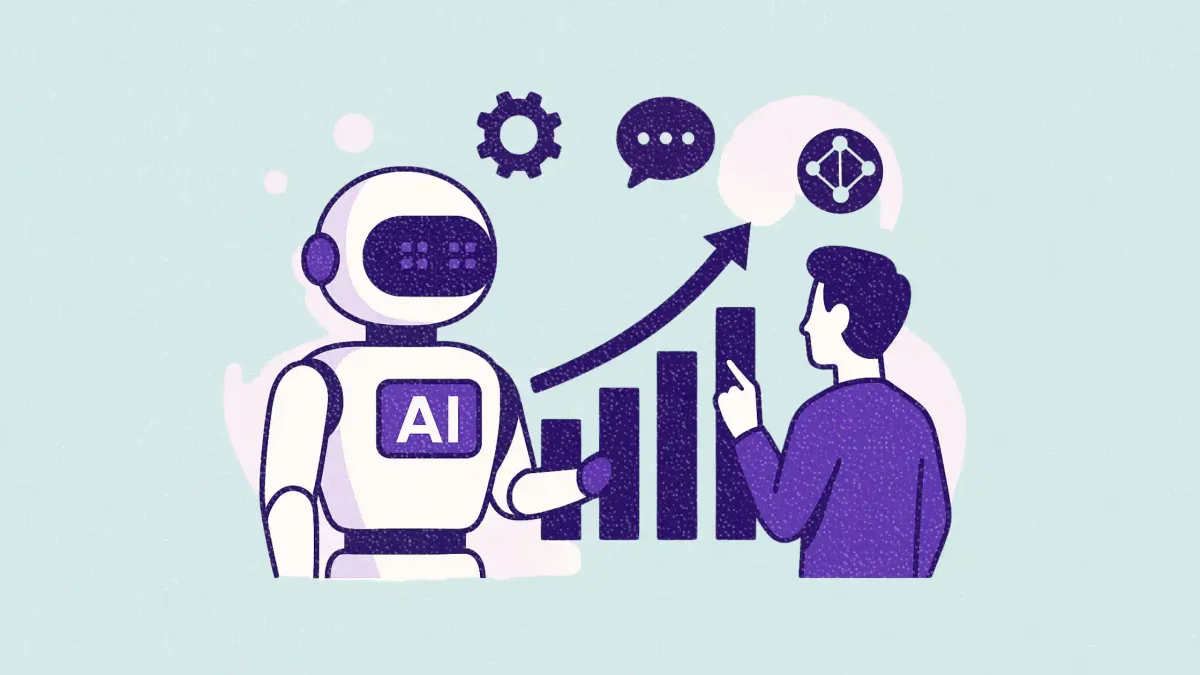
What is Agentforce 360?
At its core, Agentforce 360 is Salesforce’s unified agentic AI platform designed to link humans, AI agents, and business data within one system. Unlike earlier AI features bolted onto Salesforce’s CRM products, Agentforce 360 is now baked into the entire ecosystem, from Customer 360 to Data Cloud to Slack.
The goal? A future where every employee is augmented by intelligent, context-aware AI agents. According to Benioff, this is the fastest innovation cycle in Salesforce history. “A year ago, Agentforce was a product. Now it’s a platform,” he said. “We’re investing huge amounts in Agentforce, and we’ve never gone faster with any other technology.”
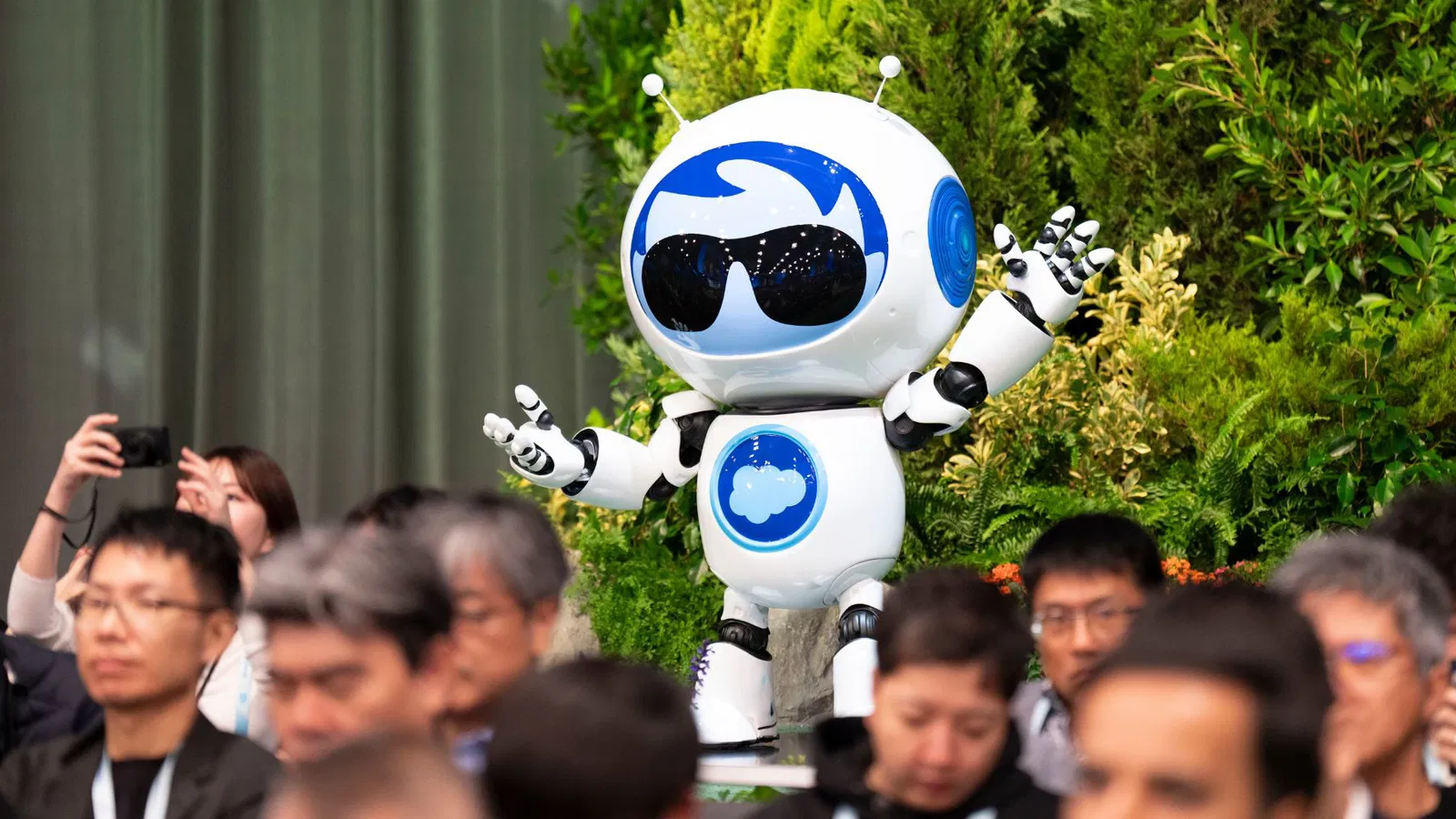
The platform is already in use across 12,000 organizations, including brands like Reddit, OpenTable, and Adecco. Salesforce says these early adopters are already seeing fewer support tickets, faster response times, and productivity boosts as AI agents take over routine tasks.
Why big brands are jumping in
PepsiCo is going all in. The company plans to become the first enterprise fully aligned with the agentic model by the end of 2026. Athina Kanioura, Executive Vice President and Chief Strategy and Transformation Officer at PepsiCo, said the transformation will span the entire business.
“We are all about profitable growth,” she said. “We’ll be agentic in every part of the business, every operation, every process, and every employee.”
Pandora is also transforming from the top down. Chief Digital and Technology Officer David Walmsley described the shift as existential. “This is the internet again. This is electricity,” he said. With 98 percent of Pandora’s customer relationships starting in digital channels, agentic AI is becoming central to its engagement model.
Even Dell Technologies’ Michael Dell warned that delay is not an option. “If we don’t really get on this, a new company is going to come along and put us out of business,” he said.
The Agentic Enterprise: a new model for marketing and ops
Benioff made it clear that this is not just about workflow automation. Agentforce 360 is a strategic move to reshape the productivity equation using data, governance, and context-rich decision-making to elevate every role.
“AI isn’t here to replace people,” he said. “It’s here to elevate them and make every employee a multiplier.”
Agentforce 360 includes voice interfaces, predictive logic, and real-time data integration to create AI agents that are more than task bots. These agents are designed to understand customer history, brand tone, and business context so that marketers and CX teams can operate more efficiently without sacrificing personalization.
Parker Harris, Salesforce co-founder, called it “the biggest transition in technology” of his career and predicted that 40 percent of work across Fortune 1000 companies could be handled by AI by 2029.
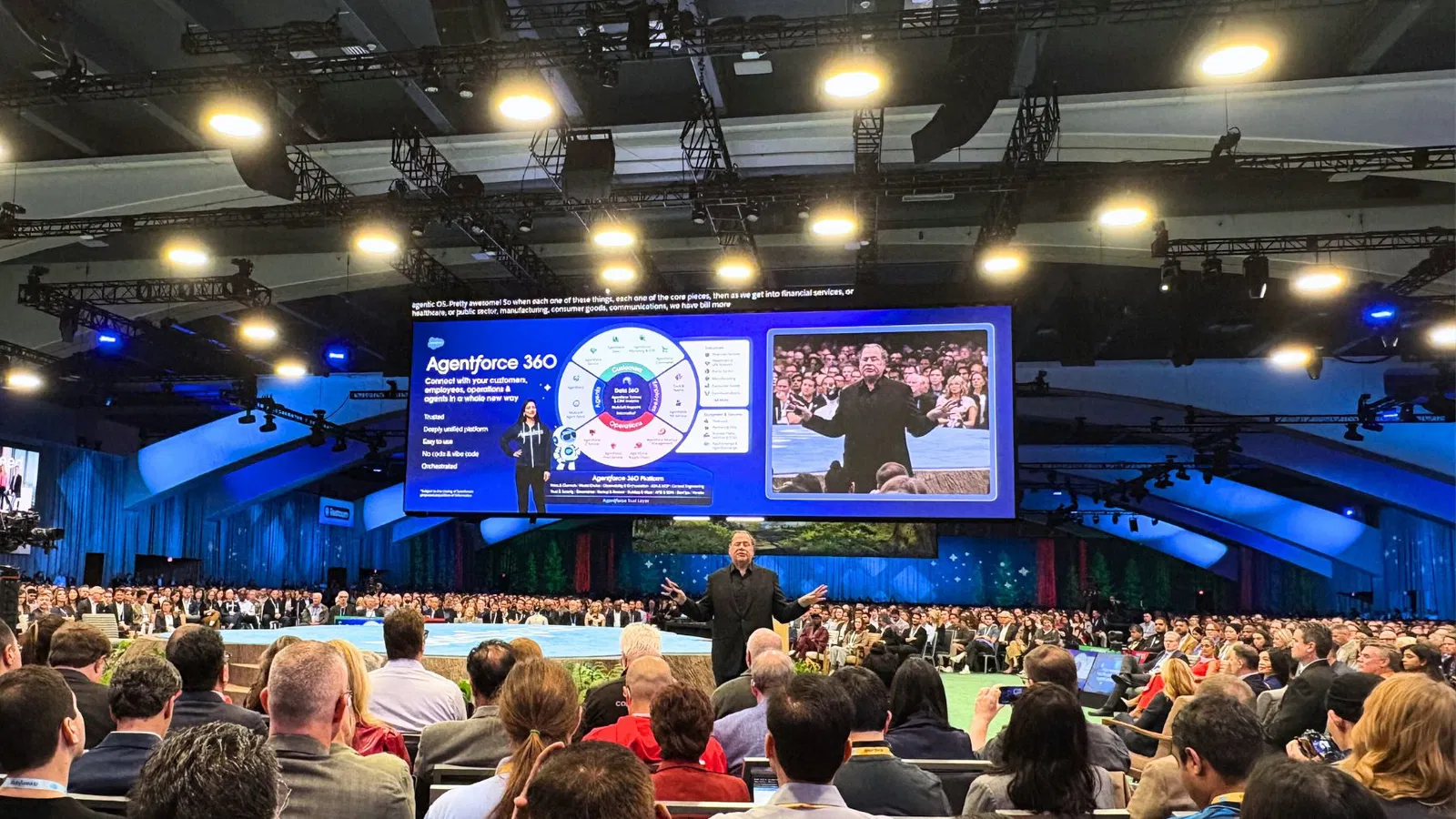
Salesforce is also putting its money where its mouth is, pledging US$15 billion to San Francisco’s AI ecosystem. The initiative includes a new AI Incubator Hub, expanded workforce training, and support for companies moving into the agentic model.
What marketers should know
Salesforce is not just launching a new feature. It is shifting the foundation of how customer engagement, marketing, and productivity are built. Here’s how to prepare:
1. Get ready for AI-human teamwork
Agentforce 360 is designed to augment human teams, not replace them. Marketing leaders should start identifying workflows where AI agents can save time, boost output, or create more consistent customer experiences.
2. Prioritize data integration now
Benioff said it bluntly: “If you don’t have your data, you don’t have your context.” Marketers should clean up fragmented data sources and unify customer information so AI agents can operate with full context.
3. Build an AI adoption roadmap
Salesforce admits innovation is now ahead of adoption. Without a plan, brands risk falling behind. Create a phased roadmap to pilot agentic tools, learn from real use cases, and scale adoption sustainably.
4. Rethink your CX strategy
Agentic AI is expected to redefine customer service and personalization. That means shorter response times, always-on support, and offers that feel highly relevant. Marketers should re-evaluate what “good CX” looks like in this new environment.
Agentforce 360 is more than a milestone for Salesforce. It is a directional shift in how businesses, especially marketers and CX leaders, will operate in the coming years.
As the line between human work and AI support continues to blur, the real winners will be brands that learn to harness both.
